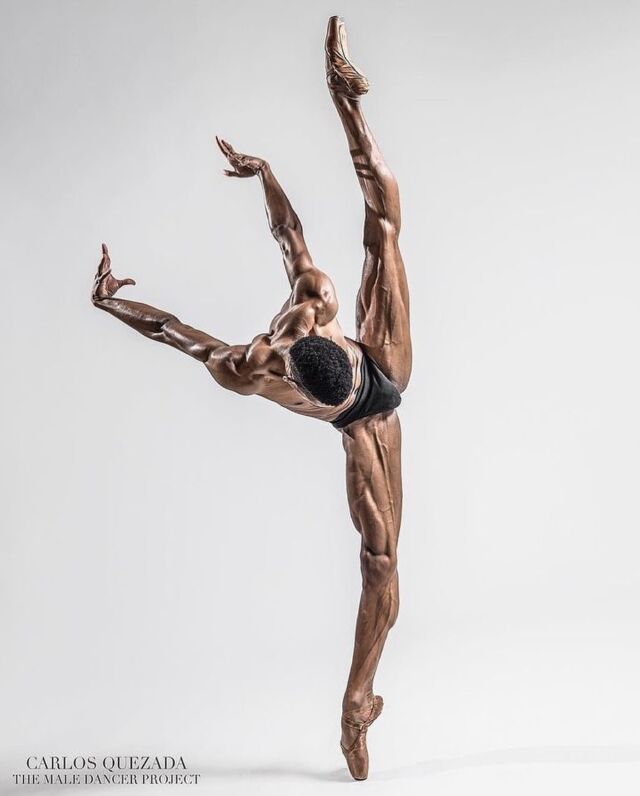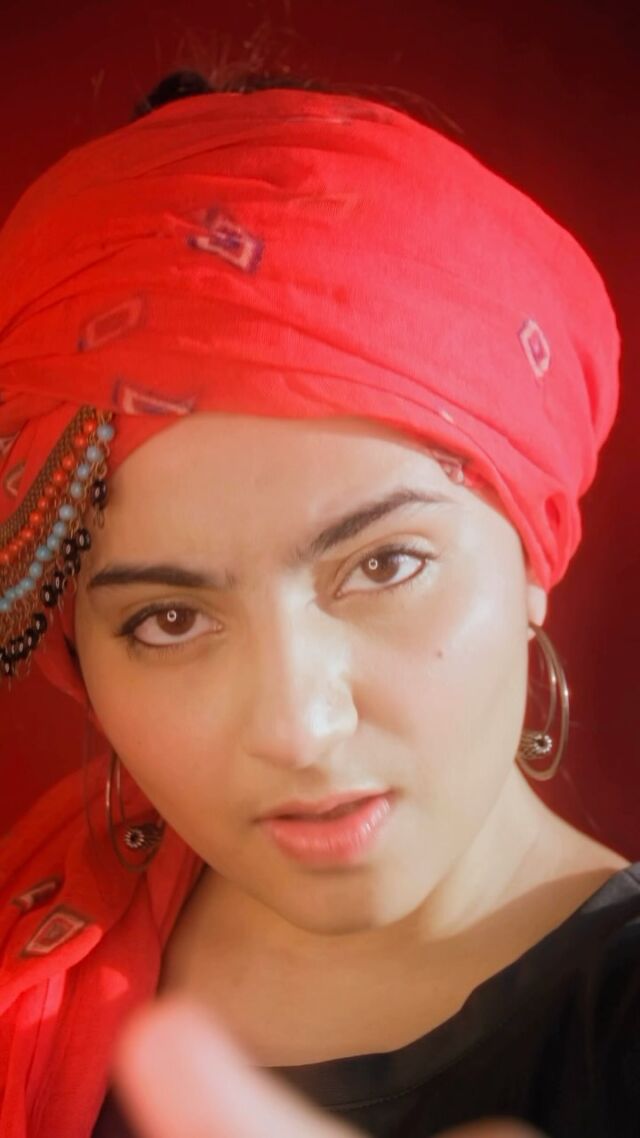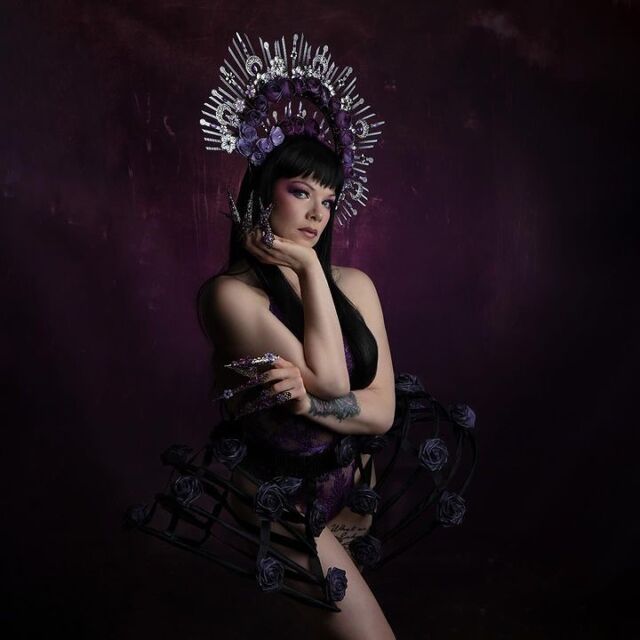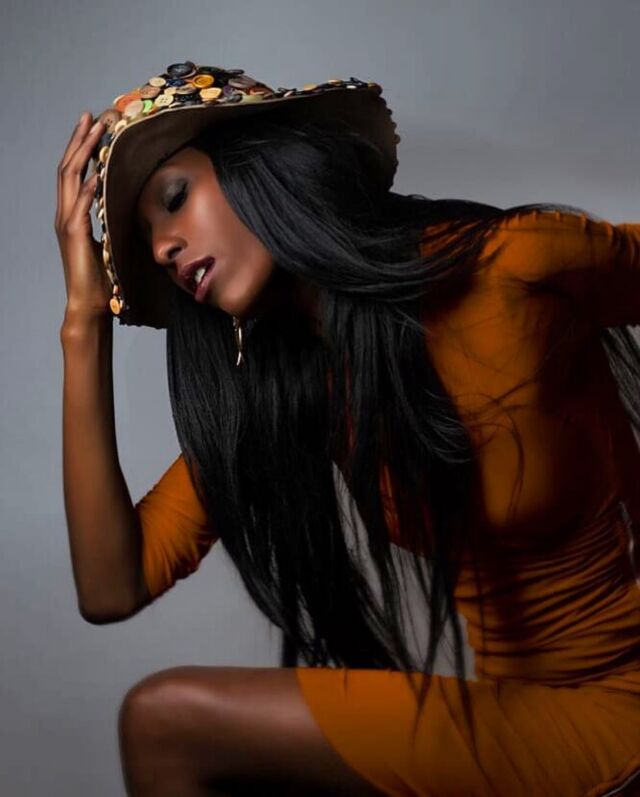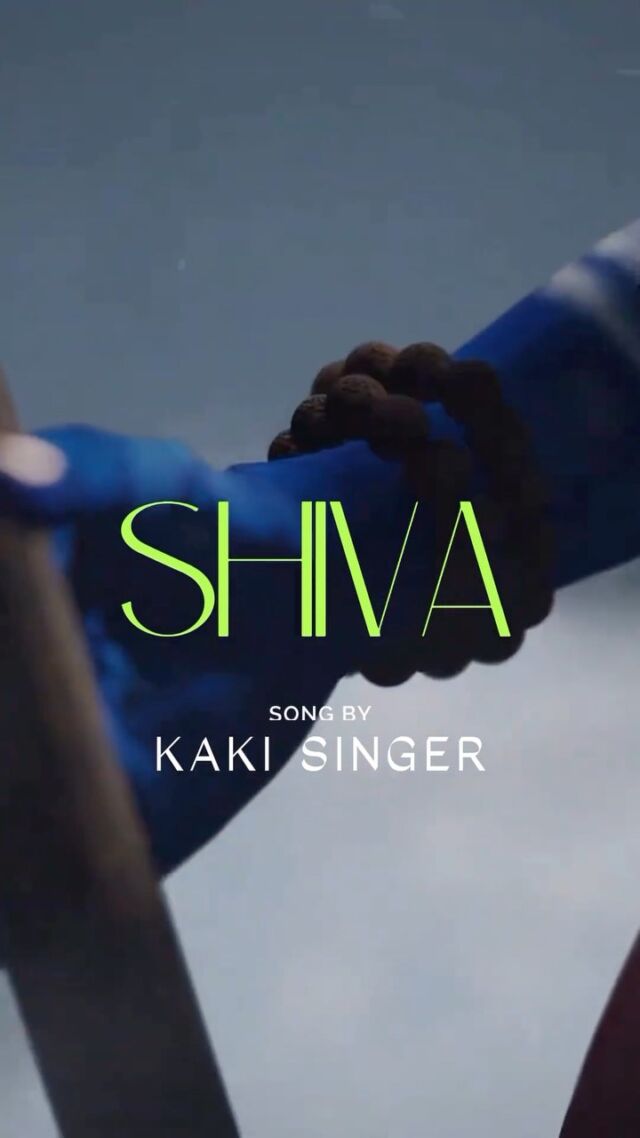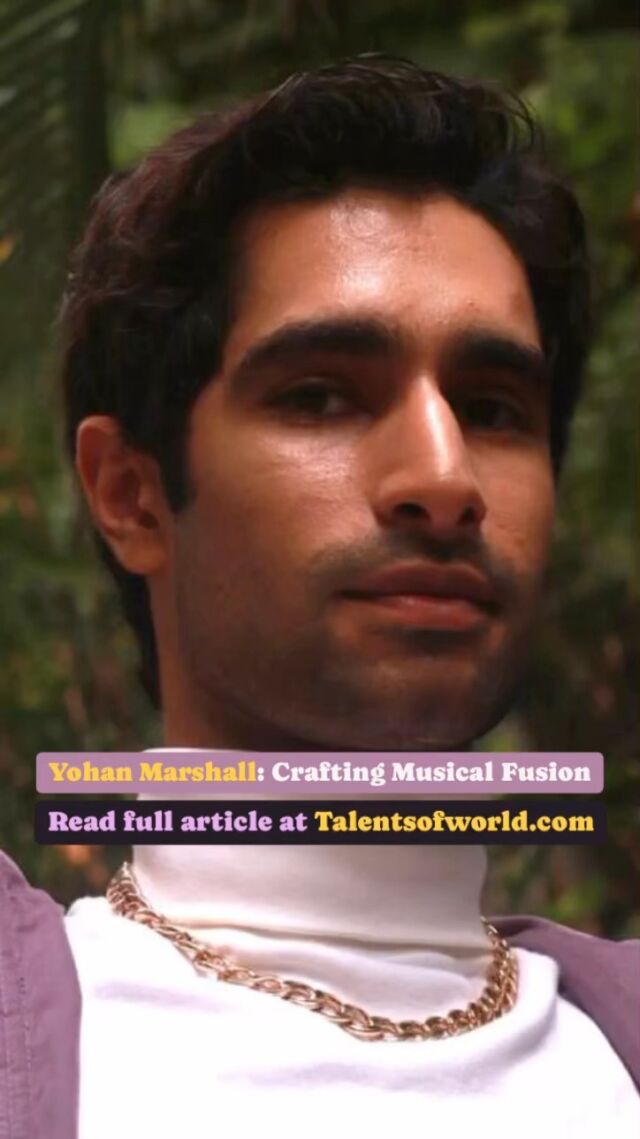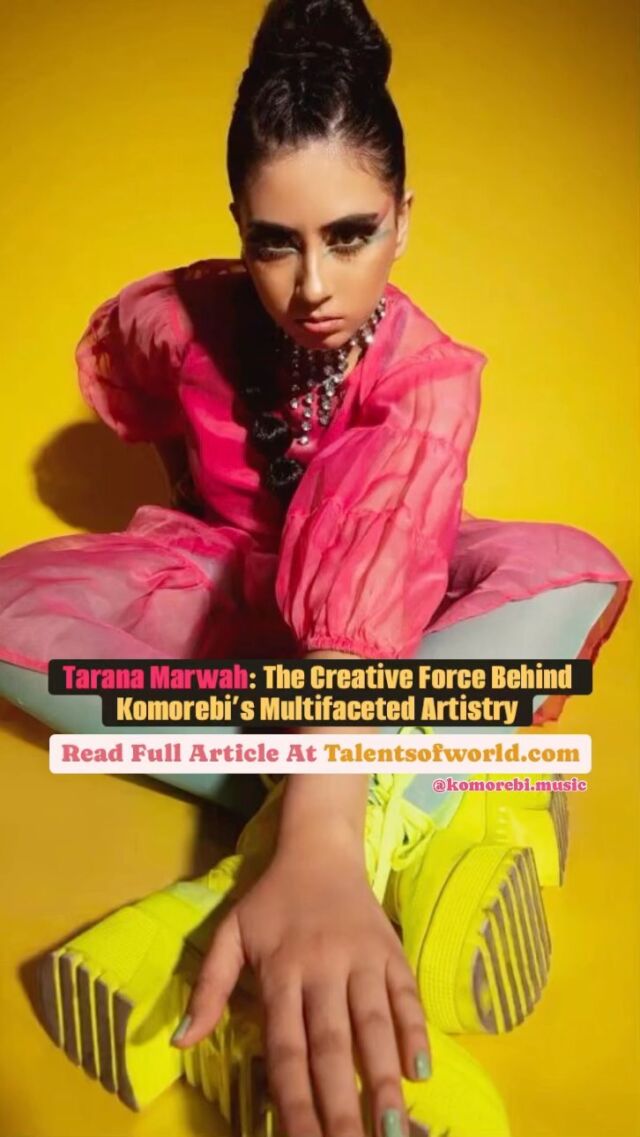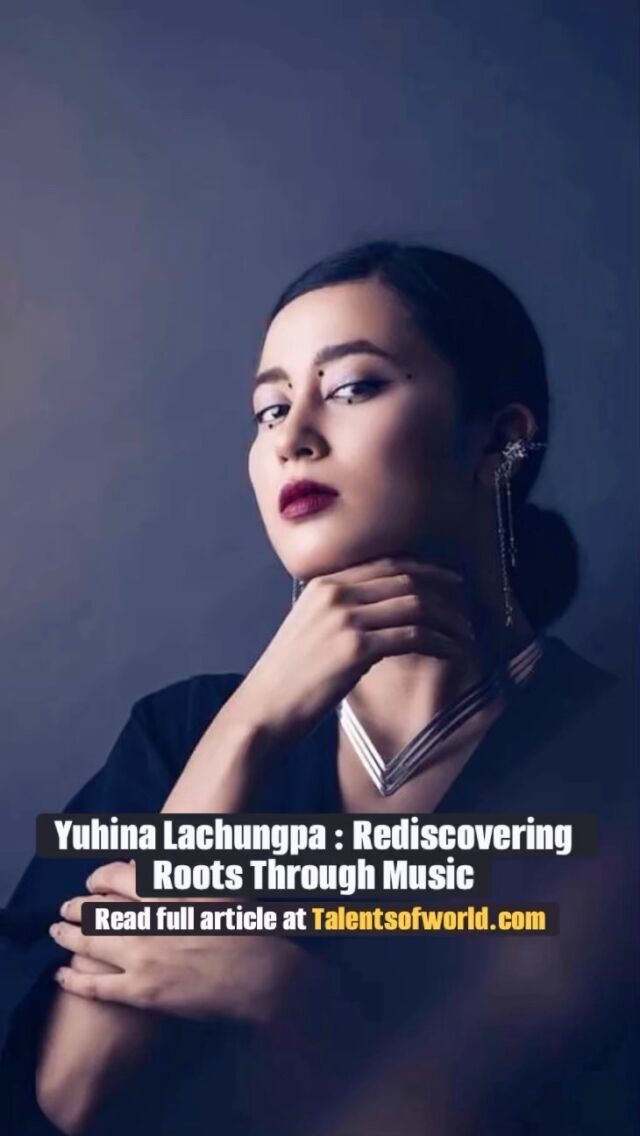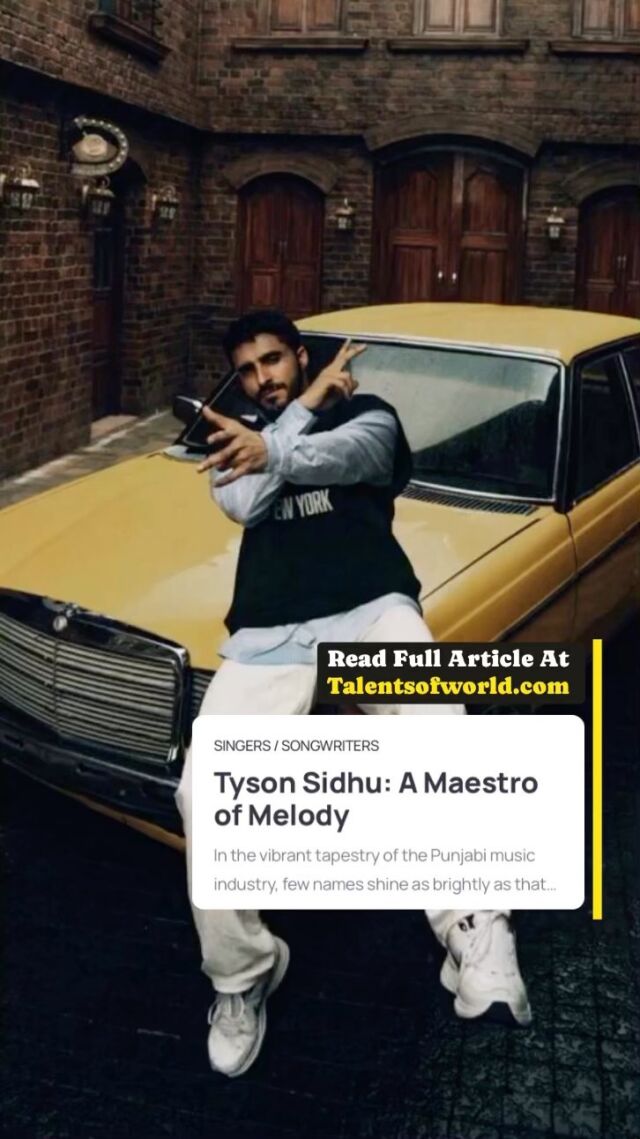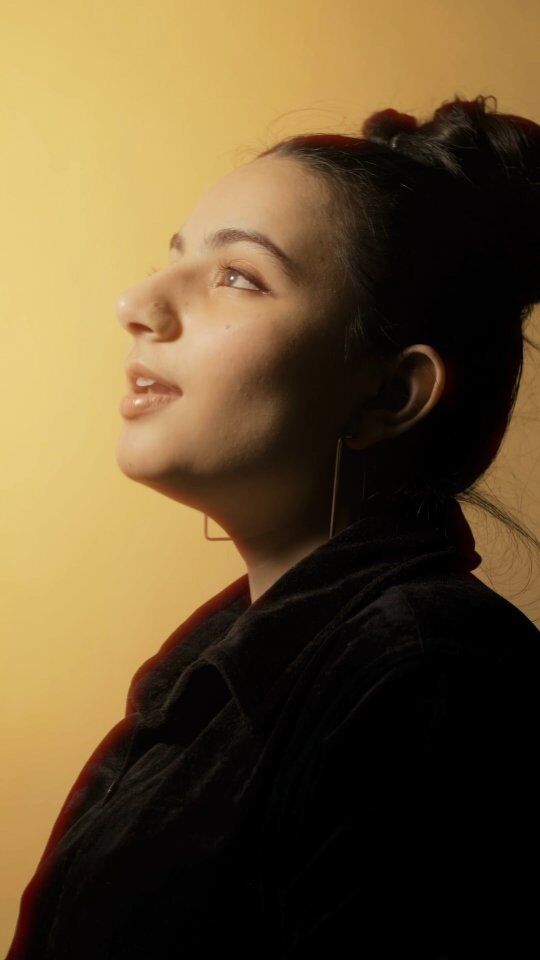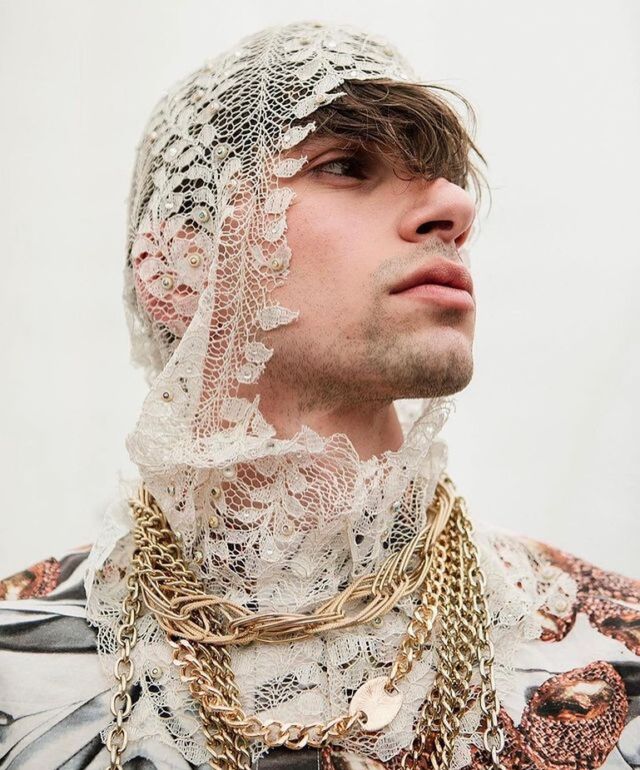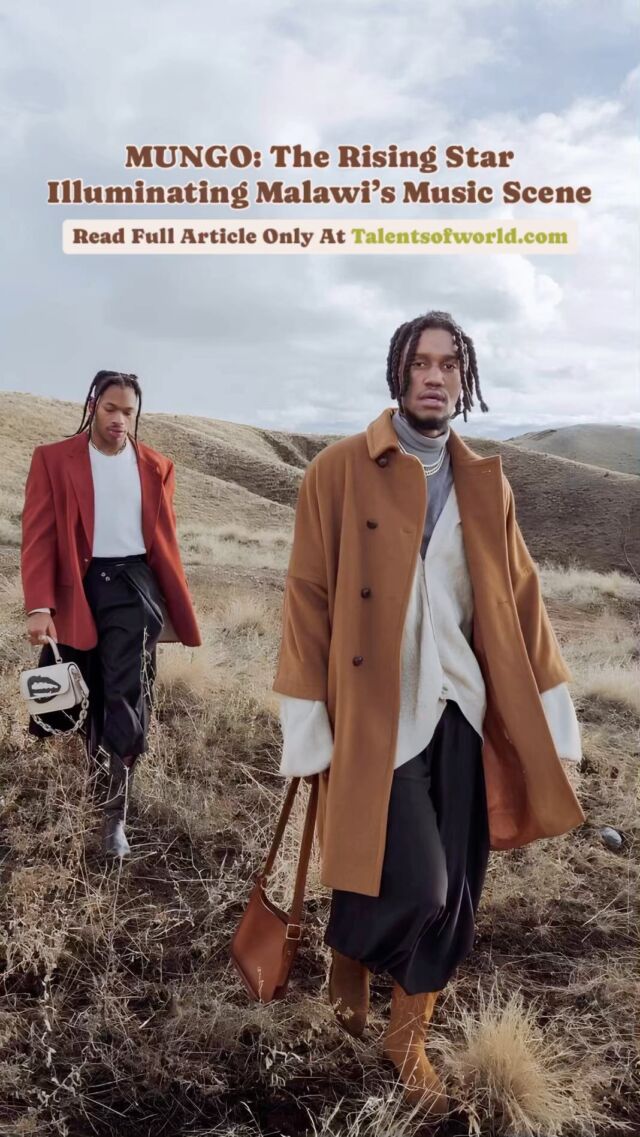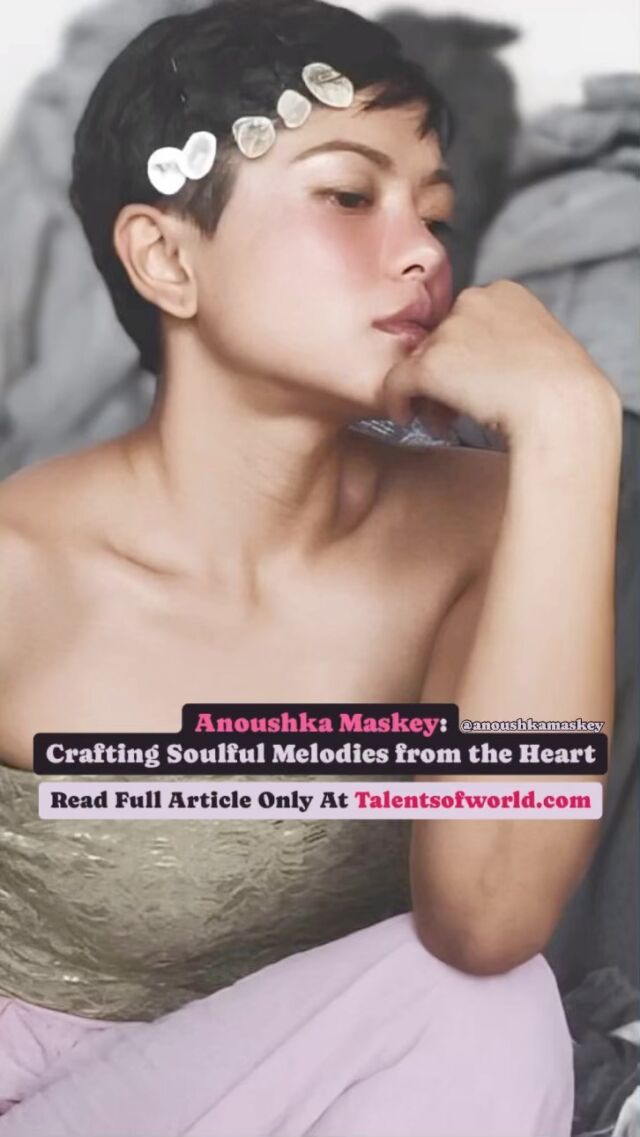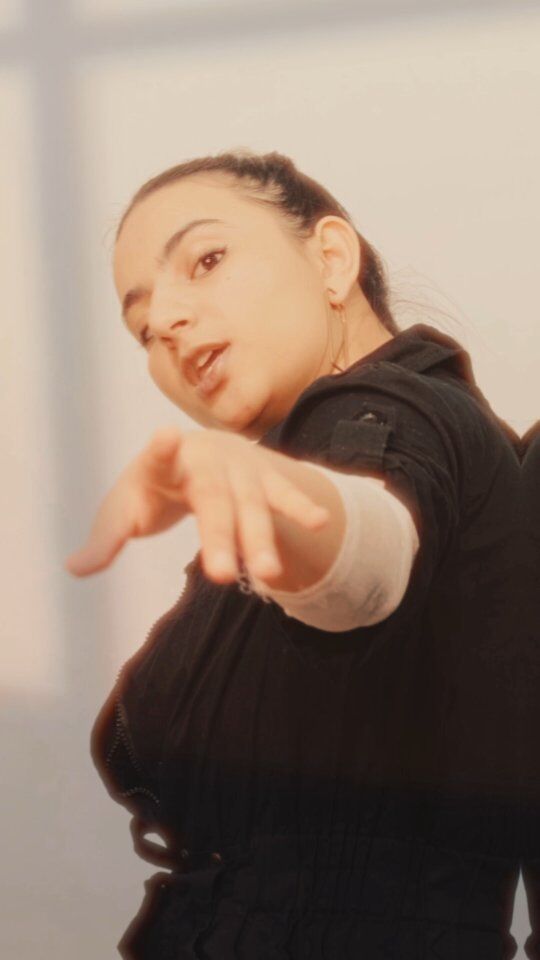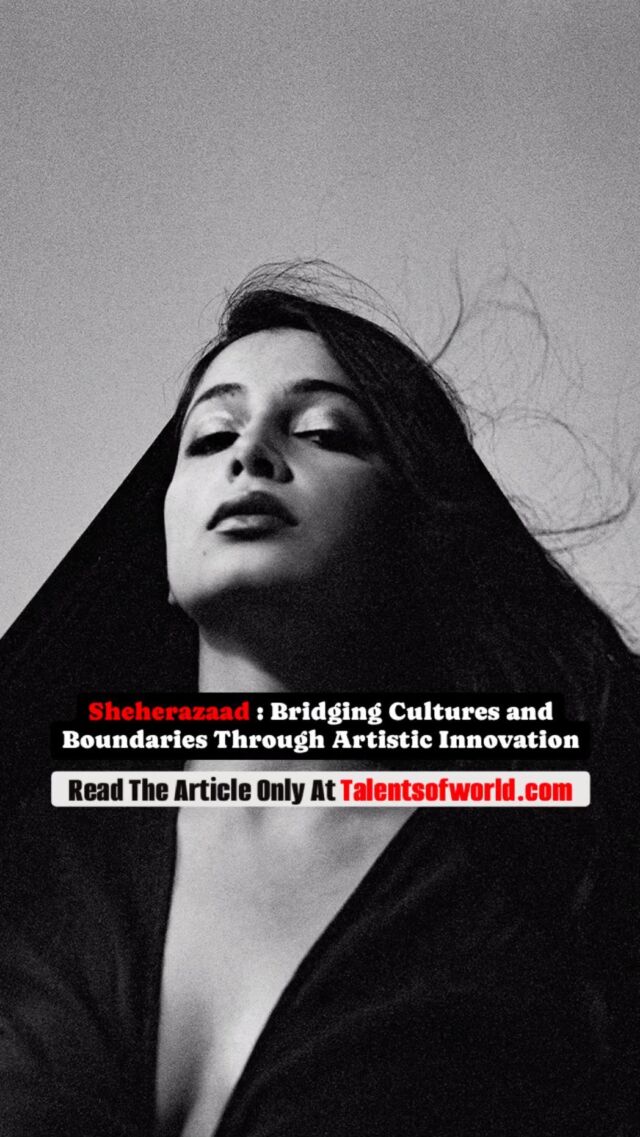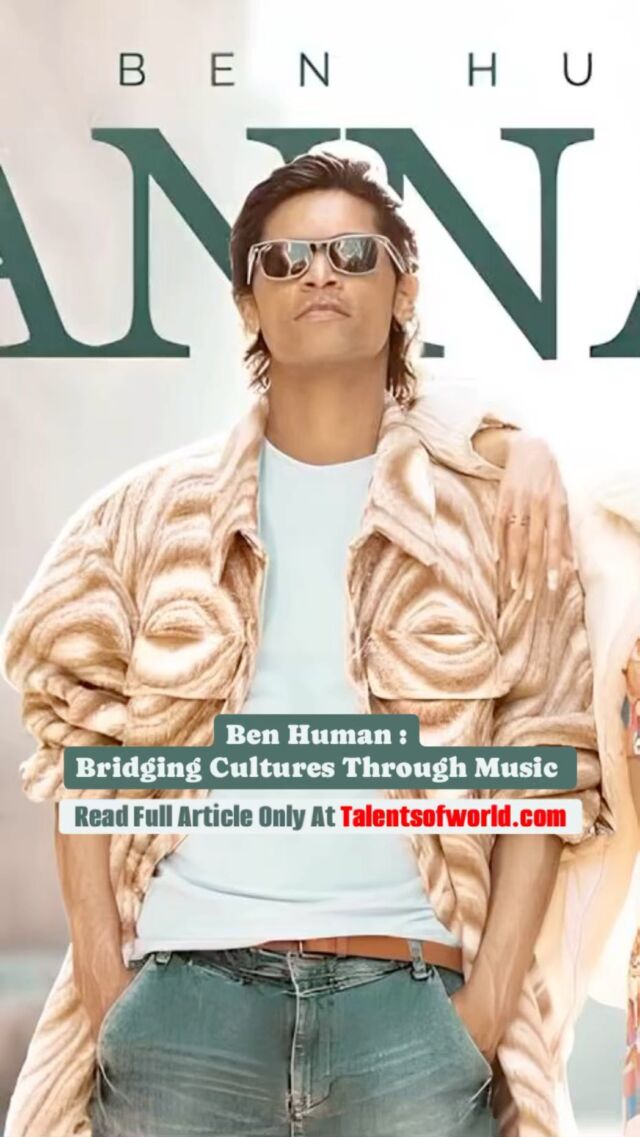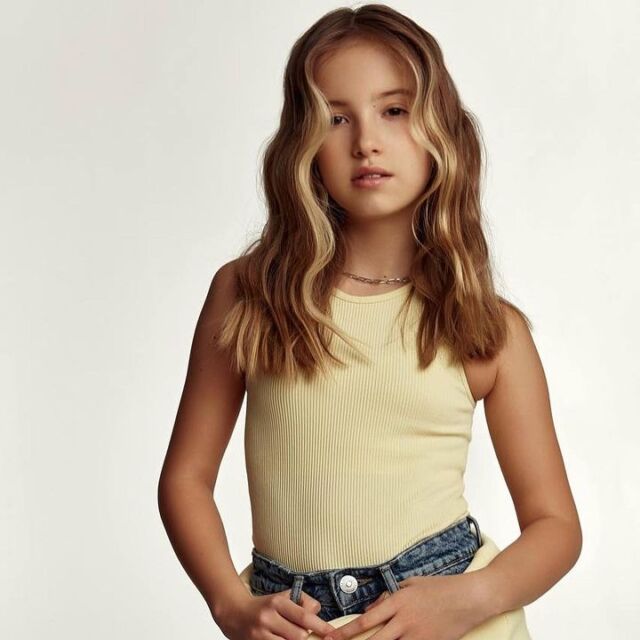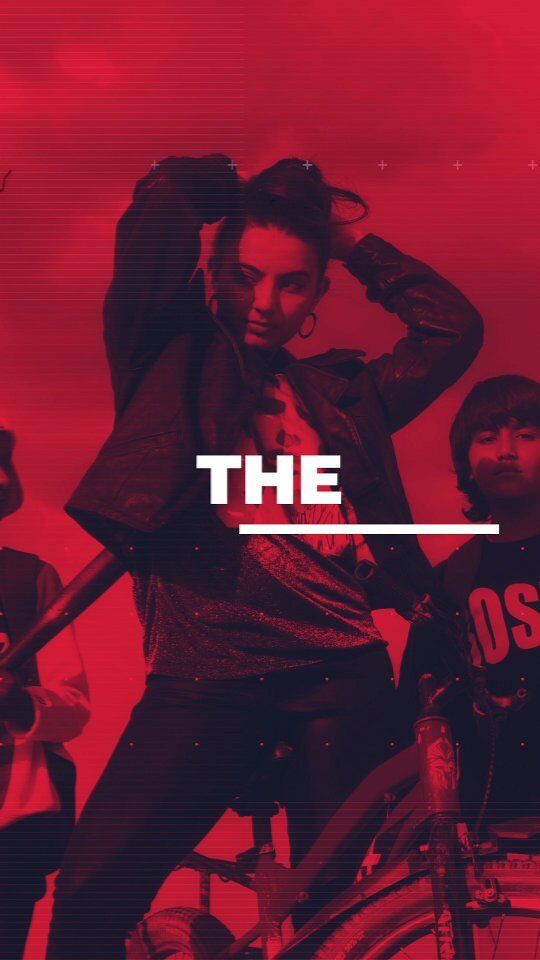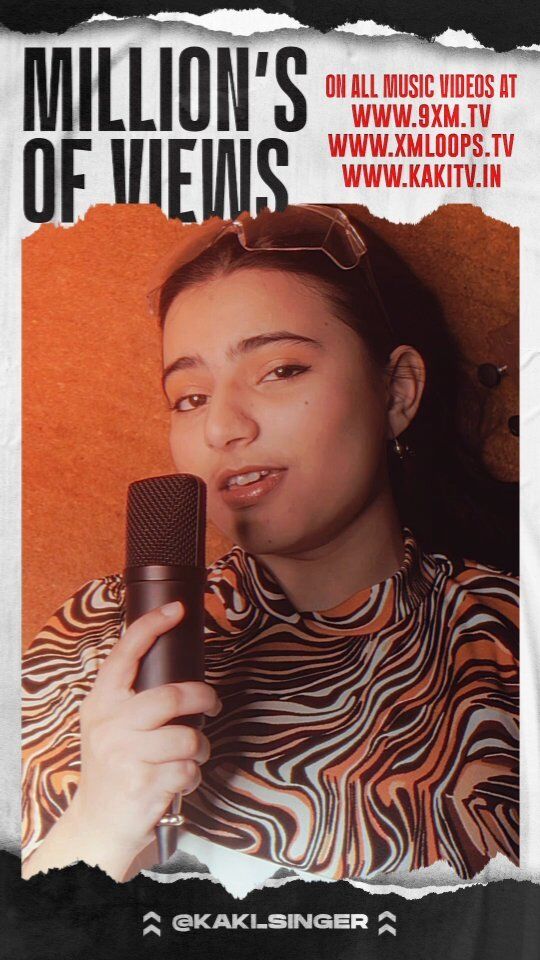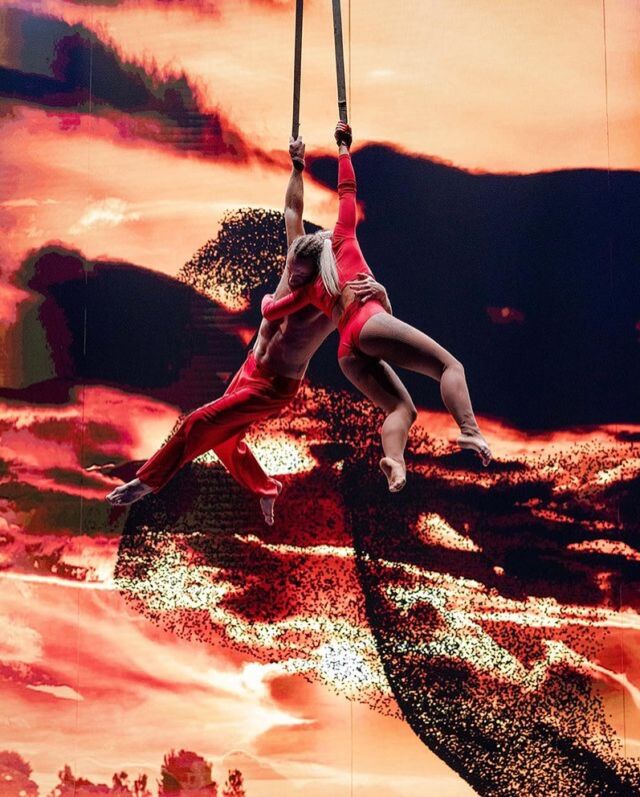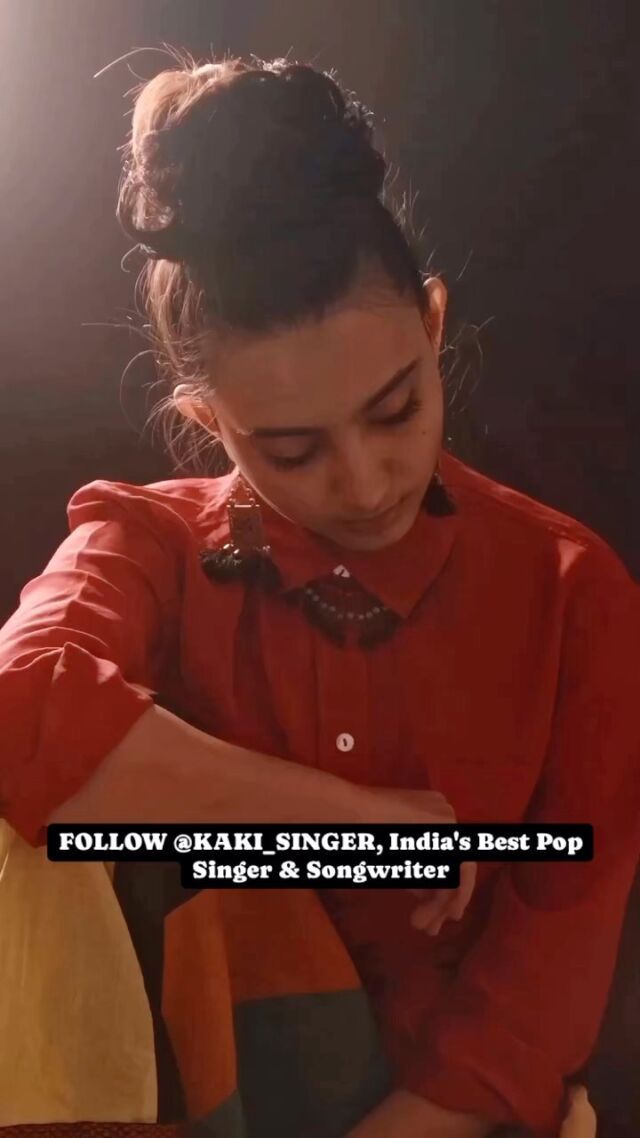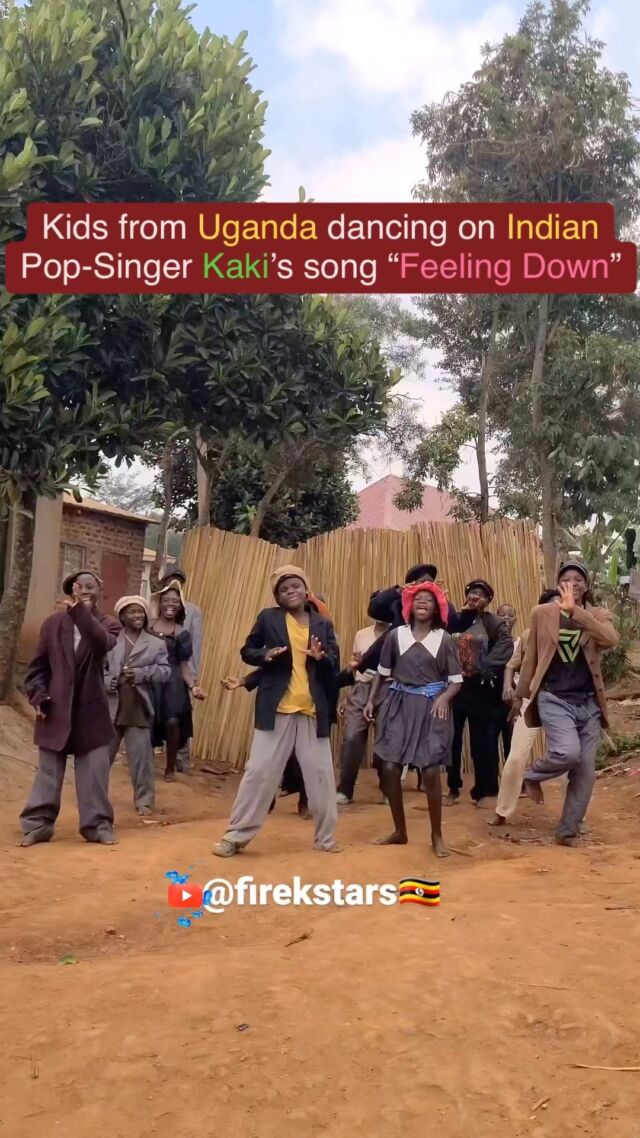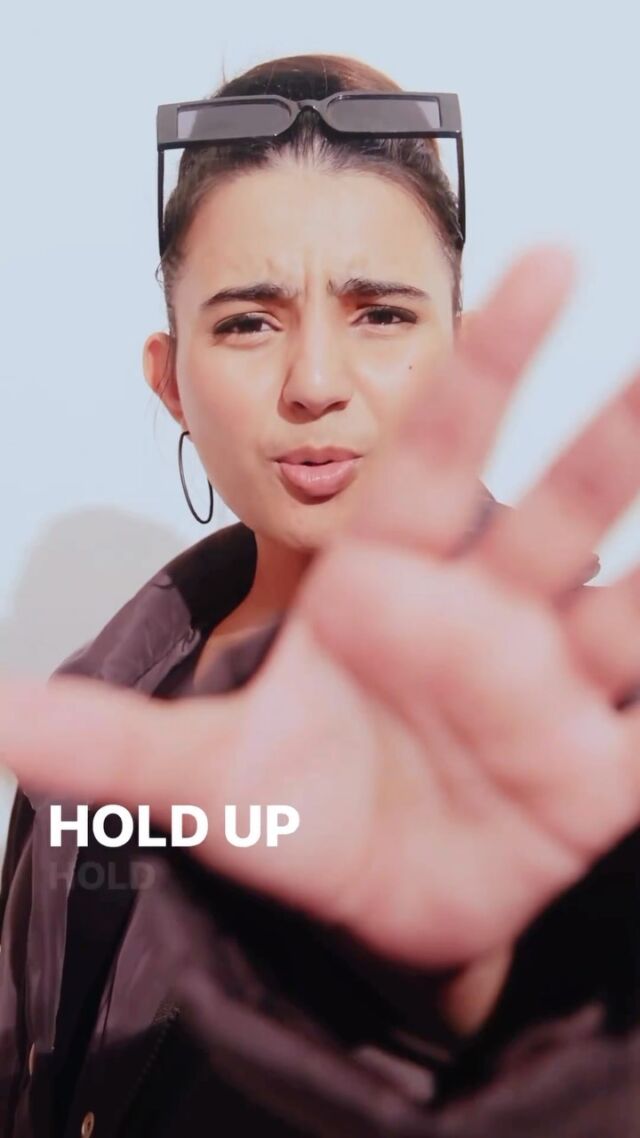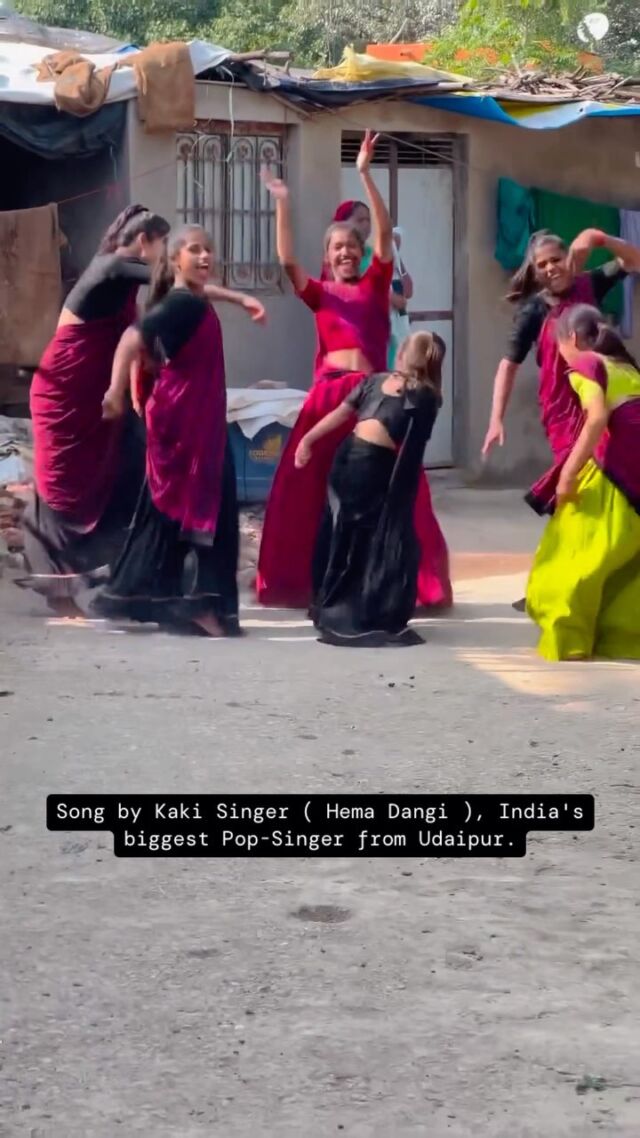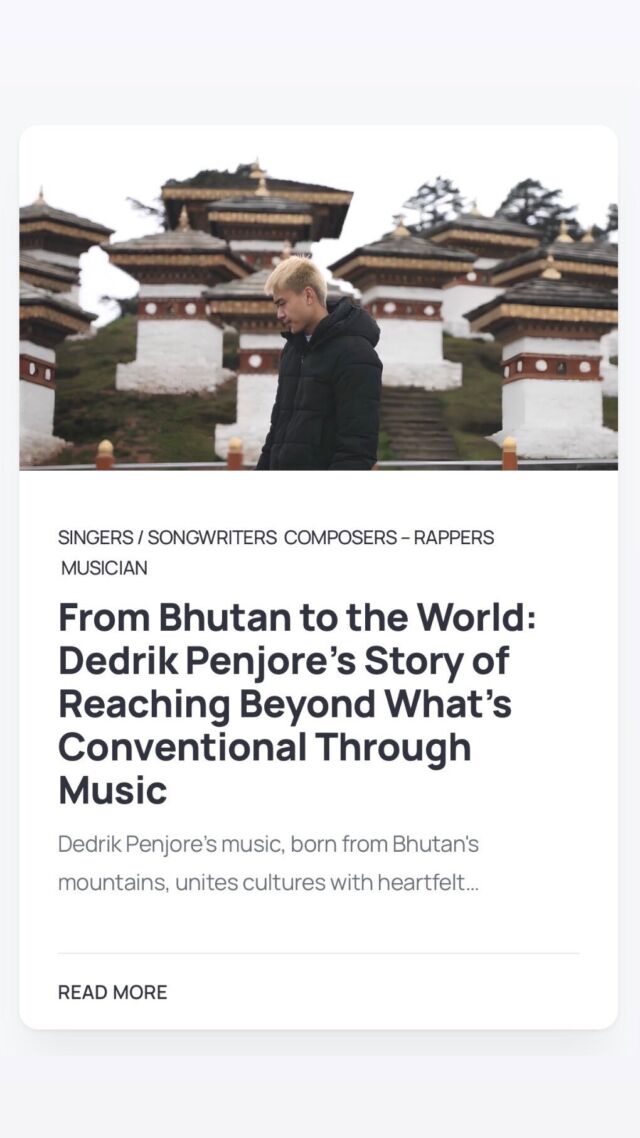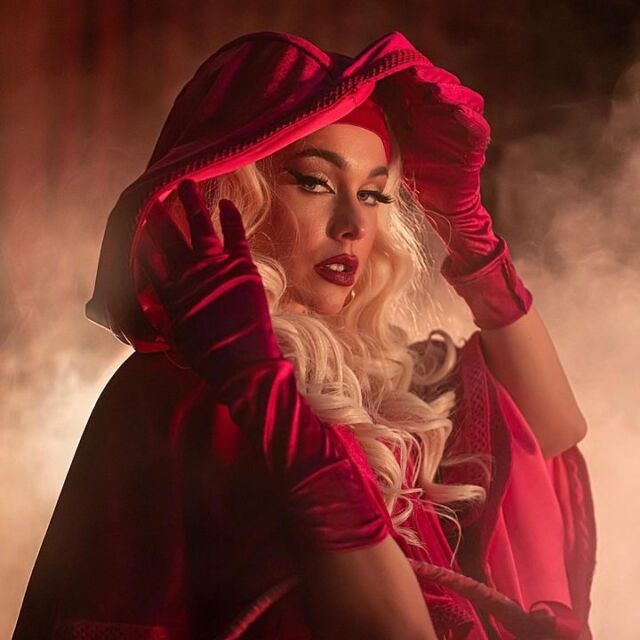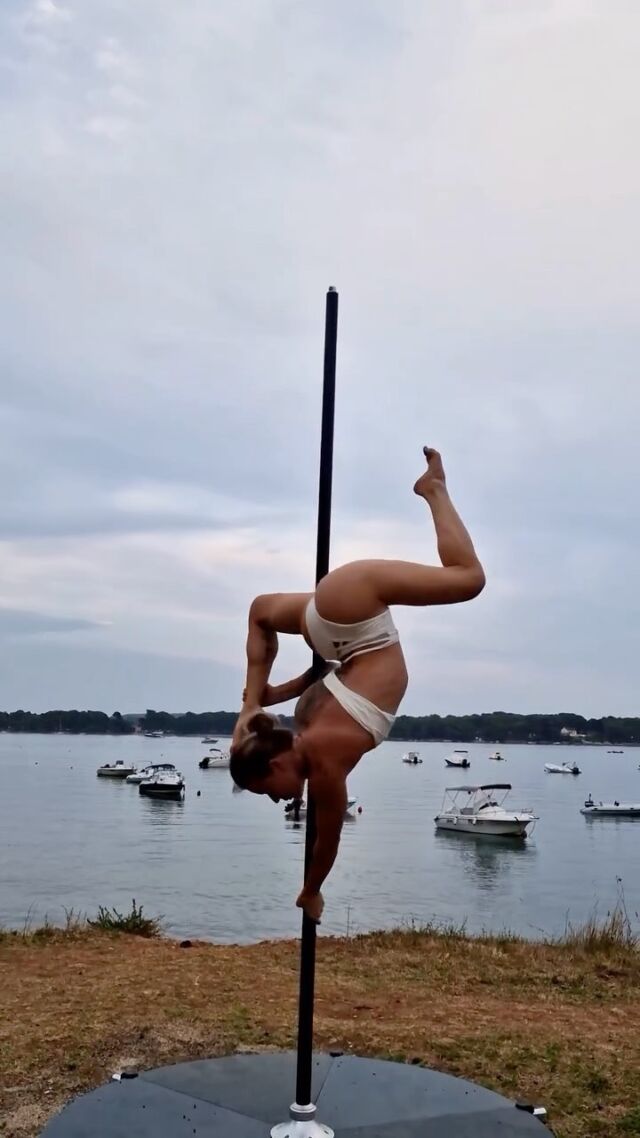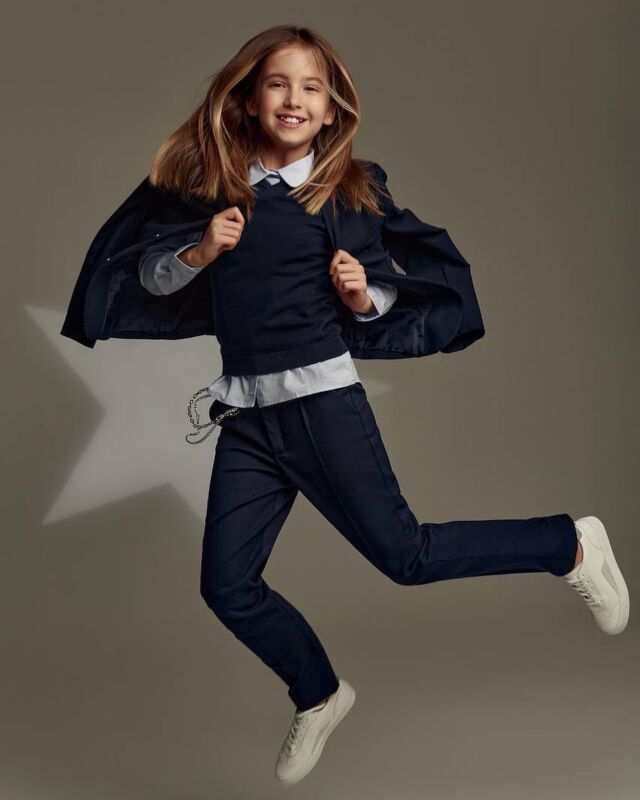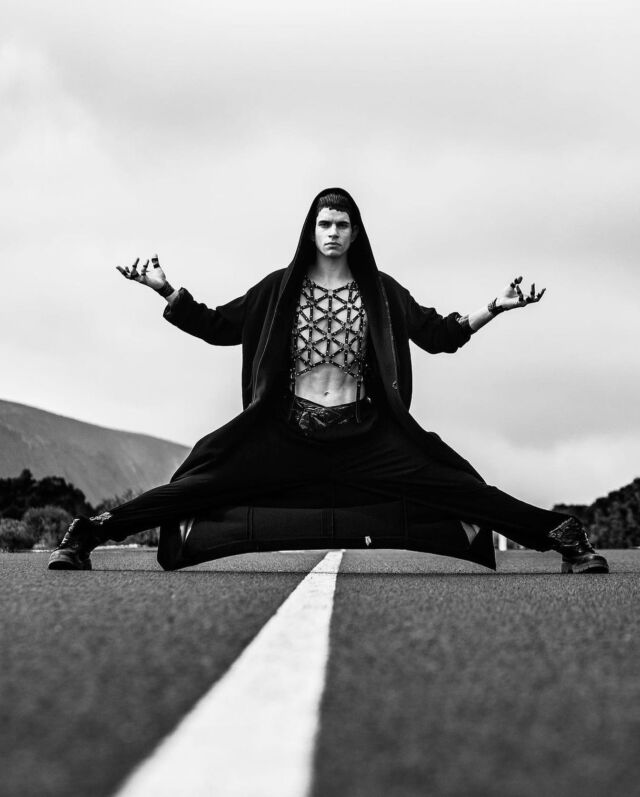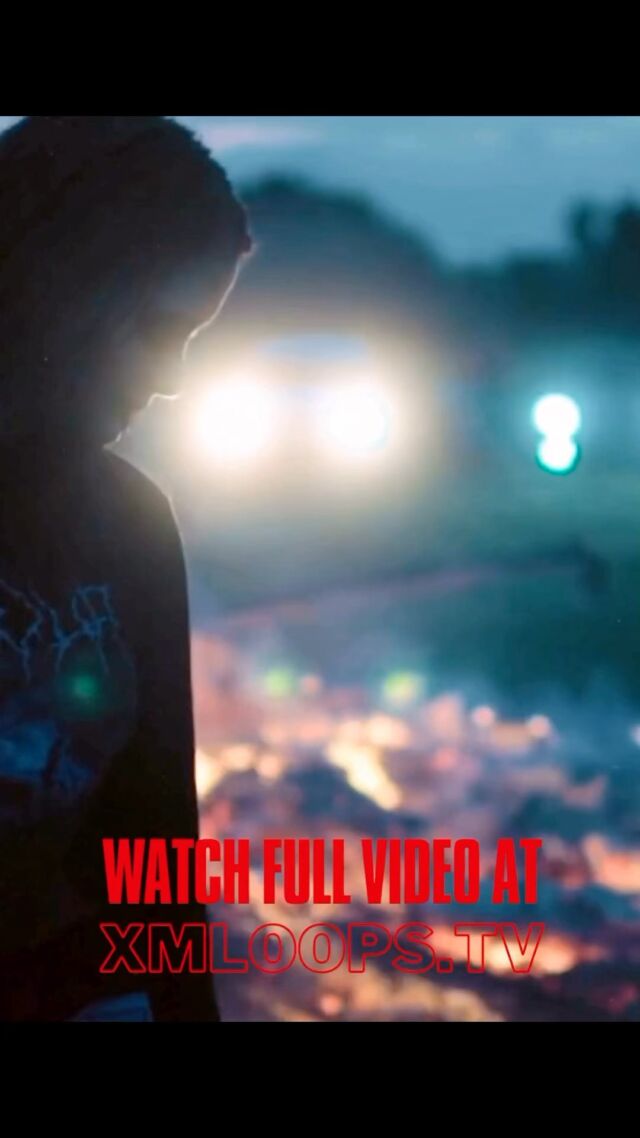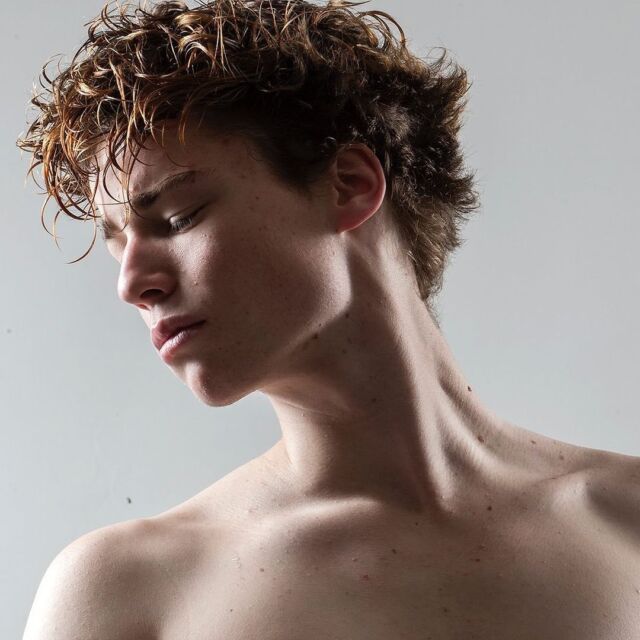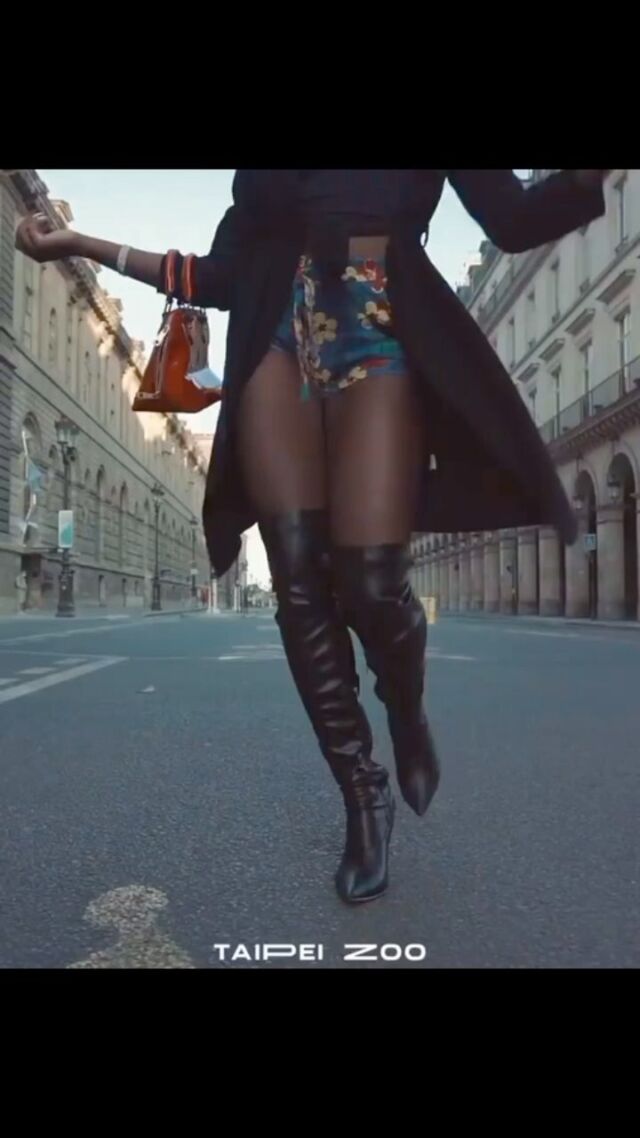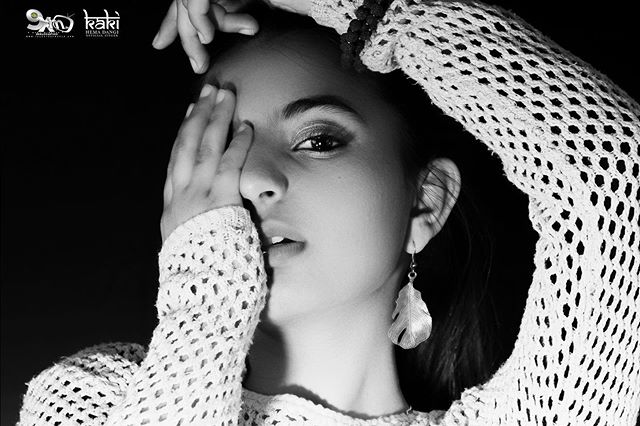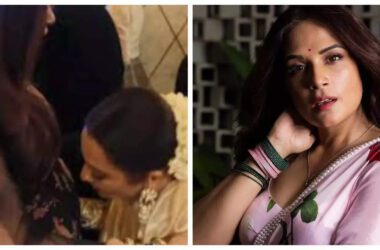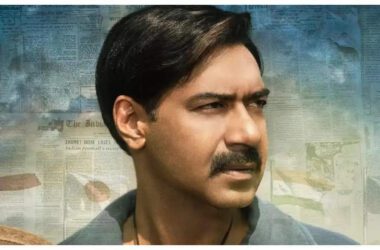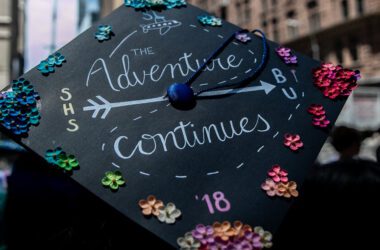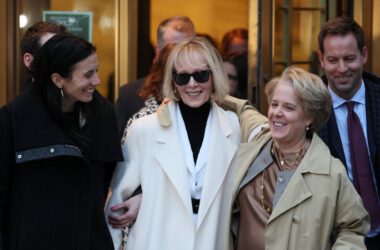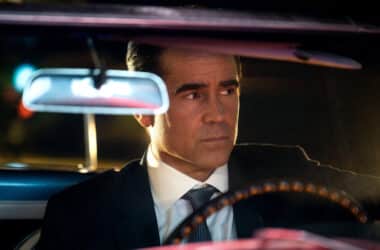One spring morning in 1970, the model Pattie Boyd was having breakfast at her ramshackle mansion in the English countryside when she received a letter marked “Urgent.”
Inside the envelope was a short, lovesick note. “Dearest L,” the letter began, adding later, “It seems like an eternity since I last saw or spoke to you!” As Boyd read on, the note took on a desperate tone: “If there is still a feeling in your heart for me … you must let me know!”
“Don’t telephone,” the emotional scribe added. “Send a letter … that is much safer.”
The author signed off with a mysterious “E.”
In a recent interview, Boyd recalled that she had assumed the letter was from a crazed fan and showed it to her husband, the Beatles guitarist George Harrison. Then she forgot about it — until a few hours later when the phone rang. It was Eric Clapton, the rock guitarist and one of Harrison’s friends.
“Did you get my letter?” Clapton asked.
More than 50 years after Clapton’s missive drew Boyd into one of rock music’s most mythic love triangles, the note is getting a moment in the spotlight. On Friday, Christie’s is auctioning over 110 items from Boyd’s archives, including the letter (with an estimated price of up to 15,000 pounds, or about $19,000), as well as photographs of Clapton and Harrison and handwritten song lyrics by both the rock greats.
Boyd said she was parting with the intimate correspondence because she had moved on from that part of her life. “Eric wrote the most divine, beautiful letters, and I don’t want to keep reading them,” Boyd said. “It hurts.”
After receiving Clapton’s phone call, Boyd said that she didn’t know whether to feel “joyous or guilty” for having caught his attention. Frustrated in her marriage — with Harrison increasingly preoccupied by the Beatles’ breakup — Boyd said she couldn’t choose between the two men. “My astrological sign is Pisces, which is fishes swimming in different directions,” Boyd said. “Making up my mind on these major decisions is always hell.”
Clapton pursued Boyd further, in person, letter and song. Boyd recalled that he invited her to a London apartment where he played her a song he had written about a man obsessed with a woman who keeps refusing his advances. It was “Layla,” which became one of the great love songs of the 1970s.
“I just knew — knew, knew! — it was about me,” Boyd recalled of the moment she first heard “Layla.”
“I went hot and cold because it was beautiful, so intense and amazing,” she said. “At the same time, the old Pisces in me thought, ‘Oh, my God, if George hears this he’s going to realize it’s about me.’” (The Christie’s sale includes a painting used as the cover art for Derek and the Dominos’ 1970 album “Layla and Other Assorted Love Songs.”)
Clapton declined an interview request for this article, but in a 2007 interview with The New York Times, he said that, although he was infatuated with Boyd, “Layla” wasn’t a documentary. “Creating a song is just putting a stamp on a feeling,” he said.
Boyd described her relationship with Clapton as “a fling” but said that she felt “morally bound to remain a married woman.” Her mother had divorced twice, she added. “I saw how destructive it was for her, and so I didn’t want to repeat history.”
Soon after the two became involved, Clapton disappeared into heroin addiction. But he wrote again to Boyd in 1971, when he sent her a letter written on a page torn from John Steinbeck’s novel “Of Mice and Men.”
“I am at the end of my mind,” he wrote in neat cursive. “If you don’t want me, please break the spell that binds me.”
“To cage a wild animal is a sin,” Clapton wrote, “to tame him is divine.”
That letter is also in the Christie’s sale, with an estimated price around $19,000.
Among other correspondence in the auction is a 1971 letter that Harrison sent Boyd from New York, where the Beatle had several business meetings and ate “many” grilled cheese sandwiches, he wrote. Boyd said Harrison always told her he loved her in letters and postcards, but he often focused on the irritations of life on the road. They were “proper letters,” Boyd said, “whereas Eric’s had nothing to with the day, or what he was doing in the studio. He was just intense.”
Harrison was aware of his friend’s feelings for Boyd. In her memoir, “Wonderful Tonight,” Boyd recalls a party at which Clapton said to Harrison, “I have to tell you, man, that I’m in love with your wife.” Yet the men never came to blows. For musicians, Boyd said, “rivalry is played out via a guitar.”
Eventually, Boyd succumbed to Clapton’s charm. In July 1974, she left Harrison. A week later, Clapton called and asked her to join him on tour, a call that led to a 10-year marriage and another classic song. In 1976, Clapton wrote “Wonderful Tonight” while waiting for Boyd to choose a party outfit.
“When I finally made my decision and came downstairs, I expected Eric to be pissed off with me for taking so long,” Boyd said. “Instead he said, ‘Listen to what I’ve written.’”
In an era when many artists write their lyrics, let alone their love letters, on smartphones, Adrian Hume-Sayer, the director of specialist sales at Christie’s, said that he expected there to be fewer sales of such intimate correspondence. It was also rare for a love triangle to “be at the center of such creativity,” he said.
Boyd also seemed aware of how much times had changed. “There was more romance years ago,” she said.
“I’m sure people do romantic things now,” she added, “but I can’t imagine what they are. If you know, please tell me.”
Source link



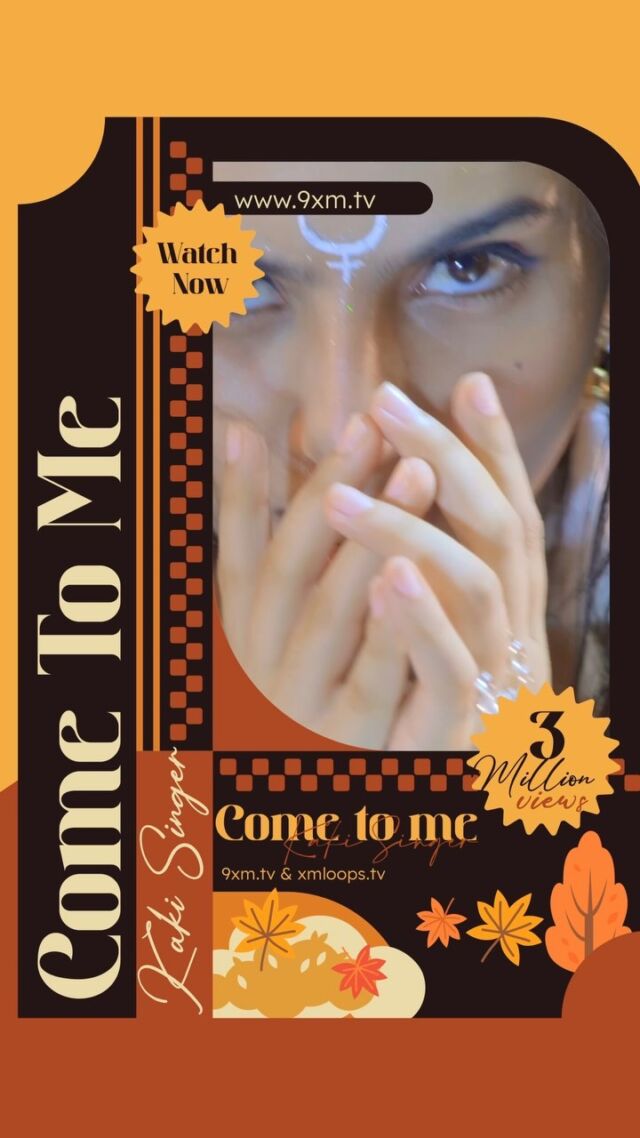
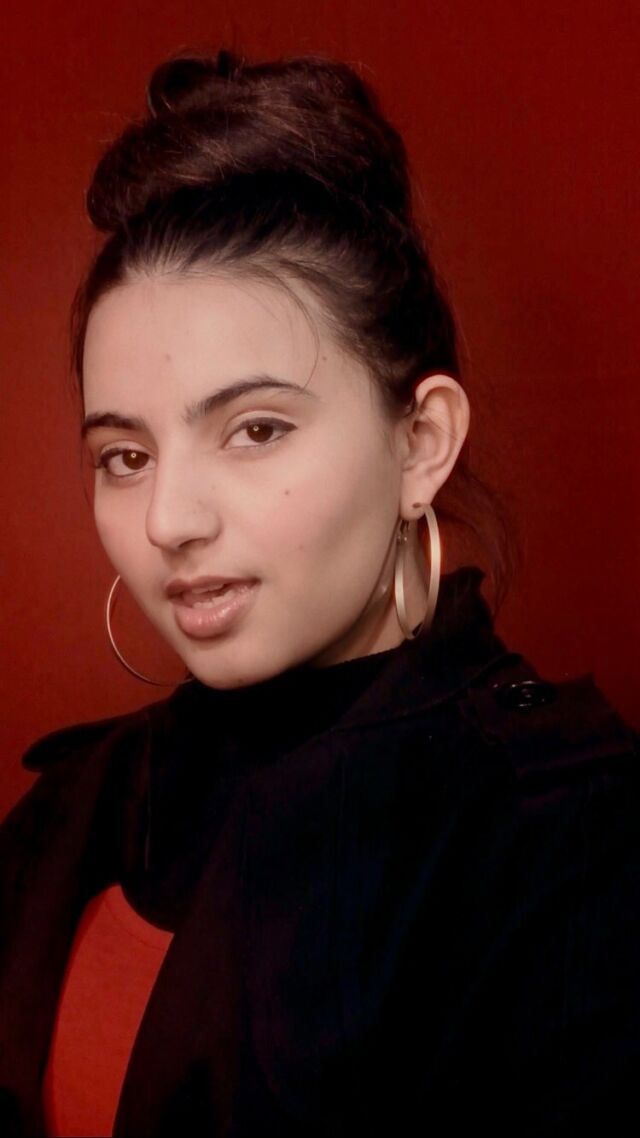
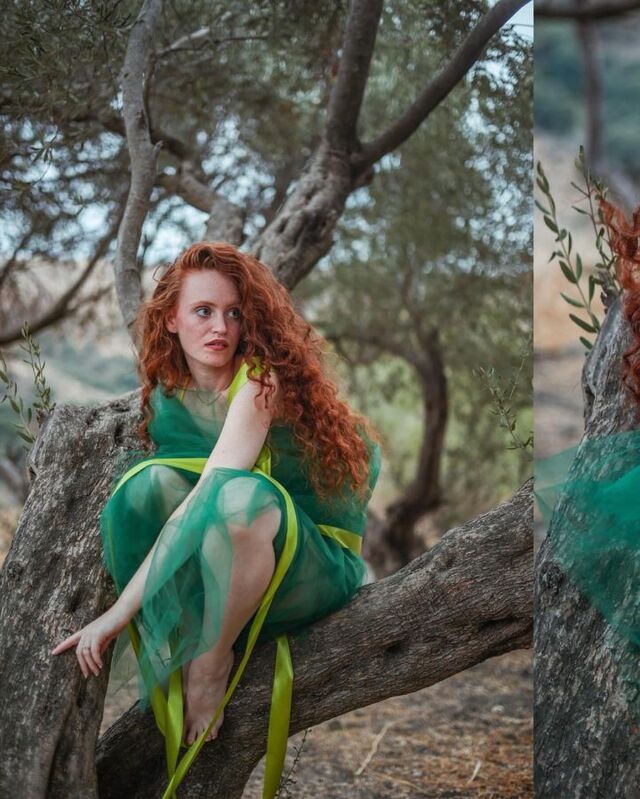
![Growing up learning Indian Classical Music, I’ve developed a deep appreciation for diverse musical genres, and techno is definitely one that has captured my interest. Got inspired to write this track by blending the beautiful melodies of Hindustani classical, particularly Raag Bhairav, with the beats of techno. Excited to share this fusion with you all!
Music by @miladzki
Check it out and vibe with me! 🎶✨
[ techno, newmusic, fusion, indianclassicalmusic, techno, music, kakisinger ]](https://talentsofworld.com/wp-content/uploads/wp-social-ninja/instagram/9xm.tv/18327743320185528_full.jpg)
![Listen to this Version of Dil Kho Gaya
Original Song From the Movie Dil.
Anand-Milind, Udit Narayan, Anuradha Paudwal sung this song
Music by Anand-Milind
Hope you guys like this Rendition of the Classic Song by Kaki Singer.
Like, Share & Comment.
[ Dil, Dil kho Gaya, old songs, Classic Bollywood, old song covers, retro songs, indian old songs, old hindi songs, melodies, kaki singer, Indian singers ]](https://talentsofworld.com/wp-content/uploads/wp-social-ninja/instagram/9xm.tv/17999564600299237_full.jpg)
